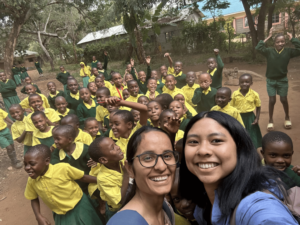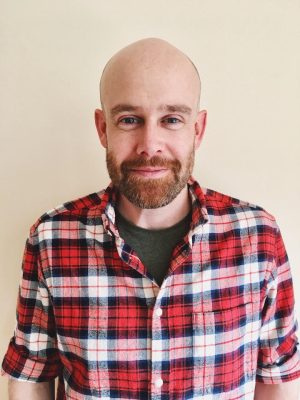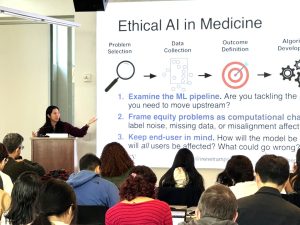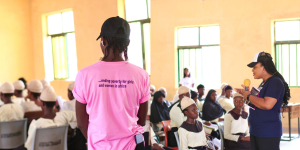
How Dr. Evan Mills, with Blum Center support, helped put off-grid solar on the map
With support from the Blum Center, the Berkeley Lab scientist and his colleagues provided the first substantive analysis of how electric lighting — specifically, high-efficiency solar-powered electric light sources unattached to an electrical grid — improves the lives and well-being of people using fuel-based lighting.





















